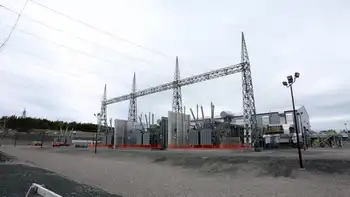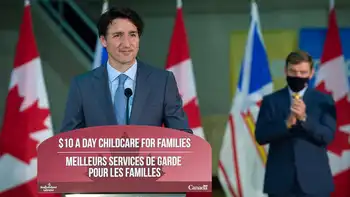Biomass gets boost from UK's environmental watchdog
By Industrial Info Resources
NFPA 70e Training - Arc Flash
Our customized live online or in‑person group training can be delivered to your staff at your location.

- Live Online
- 6 hours Instructor-led
- Group Training Available
According to the agency's latest report, "Biomass: Carbon Sink or Carbon Sinner," combined-heat-and-power (CHP) schemes are the most efficient biomass projects for cutting CO2 emissions. Compared to power generated by coal-fired power plants, emissions could be reduced by as much as 98%. The EA is calling on the government to increase its incentives to companies looking to build CHP schemes compared to the incentives given to electricity-only biomass projects.
It also wants the government to make generators publicly report their greenhouse gas emissions from producing, using and transporting biomass fuels. This may lead to the government imposing minimum standards in the future.
Biomass heat and power is currently the largest source of renewable energy in the UK, accounting for 2.3% of the country's electricity generation and 1% of its heating needs. The UK government's renewable energy strategy places high importance on biomass projects, claiming that by 2020 they will provide about 30% of the total renewable electricity and heat. The UK has an overall target of generating 15% of its total power needs from renewables by then.
However, the EA warned that certain kinds of biomass projects can result in releasing even more greenhouse gases into the atmosphere. These include schemes where energy crops are being planted on previous grassland and which require a lot of nitrogen fertilizers. There's also the issue of biomass fuel being transported thousands of miles before being used. The report singled out straw-fired power stations as one of the worst carbon emission performers compared to fossil fuel plants.
"The biomass heat and power sector can play an important role in helping the UK meet its renewable energy and greenhouse gas commitments but only if it meets high standards," said Tony Grayling, Head of Climate Change and Sustainable Development at the EA. "We want to ensure that the sector's growth is environmentally sustainable and that the mistakes made with biofuels are avoided, where unsustainable growth has had to be curbed. Biomass operators have a responsibility to ensure that biomass comes from sustainable sources, and is used efficiently to deliver the greatest greenhouse gas savings and the most renewable energy."
He added, "The government should ensure that good practice is rewarded and that biomass production and use that does more harm than good to the environment does not benefit from public support."
A public reporting system like the one suggested by the EA for the biomass industry is already in place for the biofuels sector, overseen by the Renewable Fuels Agency. In the meantime, biomass facility operators can use the Biomass Environmental Assessment Tool for calculating and minimizing greenhouse gas emissions.
Other key findings of the report include:
• How a fuel is produced and the distance it is transported has a major impact on emissions — transporting fuels over long distances and excessive use of nitrogen fertilizers can reduce the emissions savings made by the same fuel by between 15% and 50% compared with best practice.
• Land use change can negate any emission savings — for example, by using permanent grasslands to grow bioenergy crops.
• Emission reductions of more than 3 million tonnes of greenhouse gases per year could be achieved by following good practice.
• Co-firing biomass alongside fossil fuel is a good short-term measure to reduce emissions, but unless carbon capture and storage can be deployed and, preferably, the heat is utilised, it does not have a long-term role.











